Eco Friendly Home is the latest trend
Eco friendly homes are trending nowadays. You need to take care since the selection of plot if you want to make an eco-friendly home. A few years back, most people preferred to cut the trees around and build big concrete homes, saving money and space. But in the recent times, a positive approach has been taken at least a few people, who don’t want to hurt nature and enjoy its blessings. That’s why eco-friendly homes are favourites of many. Also read: 10 Simple tips to construct an eco friendly home
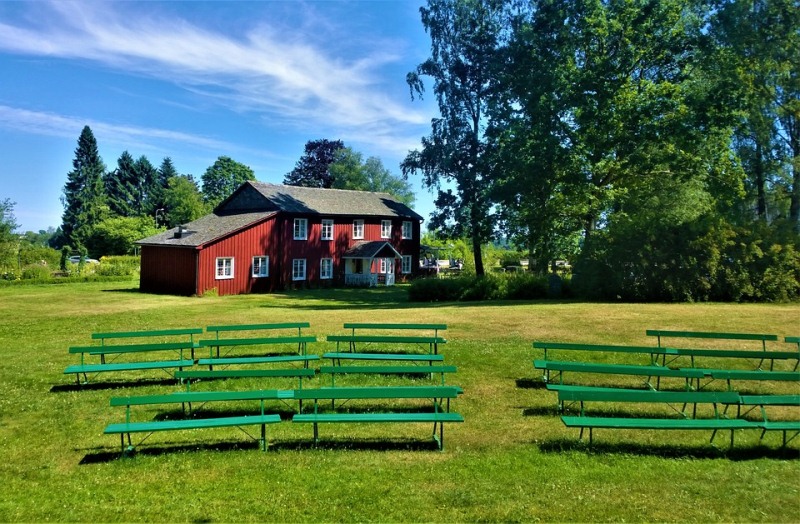
It’s not just a mere idea to build homes, surrounded with trees and greenery. But plans are to be drawn since the selection of house plot. Eco friendly homes mainly aim to minimize loss of energy throughout the phase of home construction since the beginning. Green buildings are mostly built giving emphasis on the fact that, years later when the homes get destroyed, it should never affect the nature by any means. While constructing an eco-friendly home, the fact should always remain in mind that it’s only a borrowed piece of land where we make a friendly home to stay for a short period.
What are the things to be kept in mind before you approach an architect for home design planning? Here I provide some of the simple things to keep in note.
Slopes and slants in plots are good for eco-friendly homes
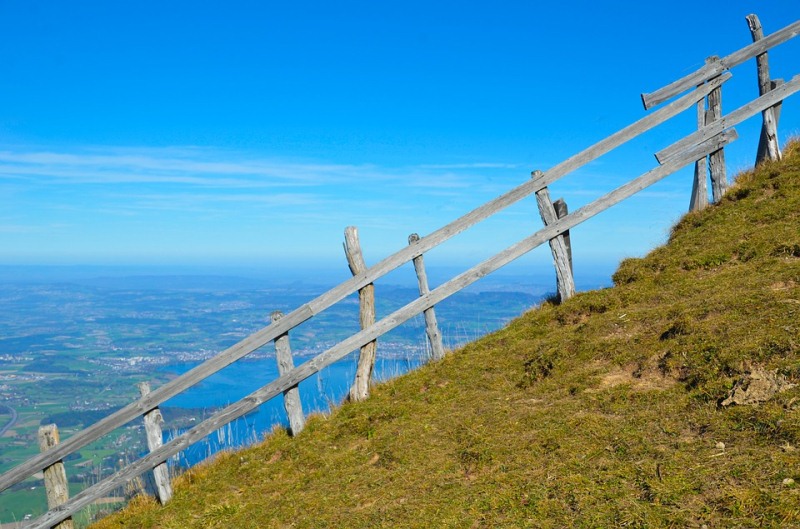
–> One should read the mind of soil before you structure the plot for your use.
–> If the piece of land has steps, slants and slopes, keep in mind of those things while preparing the home plan.
–> Try to retain slops and steps as such, while constructing homes.
–> Never destroy hills or take soil from a plot to level the land.
–> Never cut trees while preparing the plot. Try to make trees, a part of your home.
–> You can convert these trees as focus points and construct interior around them to beautify your interior.
–> Trees play an important role to prevent soil erosion. So, if your plot has slants and slopes, plant trees in those areas before the beginning of construction process.
–> Conserve ponds, wells and other water bodies in your plot.
–> If fresh water is not available, use filtering methods to make it avail.
–> If you choose a plot where you can easily avail public transport, you can reduce the use of vehicles.
–> Try to choose a plot, where grocery store, hospital, supermarket, bank and school come within 1 or 2 square kilometres.
–> If you depend on public transport, you can reduce smoke pollution as well as noise pollution.
–> Plant plants and grass varieties on your landscape that need less water. If you choose plants that suit your climatic conditions, it would be better. Hibiscus, ixora and jasmine come under this tag.
Small homes make it eco-friendly
–> While deciding the size of your home, your requirements should be given the first priority.
–> For a small family with two kids, a two-storied home with 6 bedrooms is not needed.
–> Minimize size of the home as much as you can, and make it efficient in handling and use – that’s how ecofriendly homes are to be constructed.
–> When you reduce the size of your home, you can save big amounts for home construction. It also reduces the power and water consumption later.
–> If you reserve only 1/4th area for your home, the rest land can be used to retain beautiful landscape. You can also plant beautiful plants and trees to fill greenery everywhere around you.
–> Fix big windows and build big open verandas to make your small home appear big. By constructing homes so, you can not only enjoy the landscape, but your home gets more sunlight and air circulation as well.
Things to be noted while constructing ecofriendly home
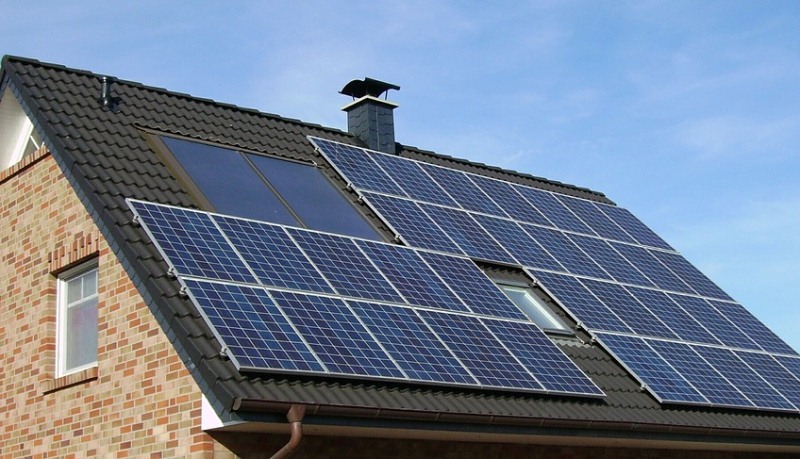
–> Always keep in mind, how to conserve energy since the beginning of home construction.
–> If you want to level the ground before construction, at first remove the first layer of soil. Once the ground is leveled, put one layer of top soil. The soil taken outside during basement construction can later be made use of, while preparing landscape.
–> Avoid materials with high construction cost. For instance, to make glazed tiles, 800-900 degree temperature is needed. For vitrified tiles, temperature higher than 900 degree is needed. It spends a lot of energy. Try to choose materials with green rating.
–> It’s most important to recycle maximum materials for the construction process next time. The remaining waste should dissolve in soil. It saves a lot of money and does less harm to nature in future.
–> You can recycle many of the substances used for your construction process. Use wooden parts such as doors, windows, tiles, concrete frames etc for your next home.
–> Your home should get good air circulation. Plan your home keep this point in mind.
–> In many homes, room temperature is higher than the temperature outside. Use insulated bricks to reduce heat in your interior.
–> Fix aerocon panels below the tiles on your ceiling to reduce room temperature. It also shields you from harmful UV rays.
–> Substitute normal wood with bamboo to make your home ecofriendly if you can. It takes 40 or more years for trees like teak to grow to full size, while bamboo takes only a few years. Otherwise choose wood with green rating.
Never waste anything
–> Green architecture can reduce the water for construction process from 30 to 50%.
–> You can use rain harvesting methods to save each drop of rainwater falling on your roofs. You can use methods to reuse water used for bathing and washing dish purposes. If you use a purification plant, you can reuse water for other purposes as well.
–> Assure that water falling on courtyard reaches the ground. This water reaches your well through different channels. If rain water is not stored effectively, it takes away soil as well resulting in soil erosion.
–> Tank-less water heater can be fixed to reduce electricity consumption. Whenever tap is opened, you will get hot water. It also saves money and space to build hot water tank.
–> Drilled wells destroy underground water. It also reduces the water level of nearby wells.
–> Assure that your bathroom faucets and taps help you to use water effectively, in minimum quantity. Foaming taps are available in market which reduces water consumption.
Some green facts to take note of
–> Indian Green New Buildings Council (IGBC) gives certification to ecofriendly homes in the country. Certified, Silver, Gold, Platinum and Super Platinum are the ratings given by this council. Points are given for different categories such as site selection, efficient use of water, energy efficiency and green material.
–> During construction phase, it may increase construction cost by 3-4 %. Yet within 3 or 4 years, you will get it back. Total savings through electricity &water consumption and maintenance, green homes give you benefits in long term.
–> Fresh air and consumption of natural products also provide health and longevity to the family members.
Energy from home itself
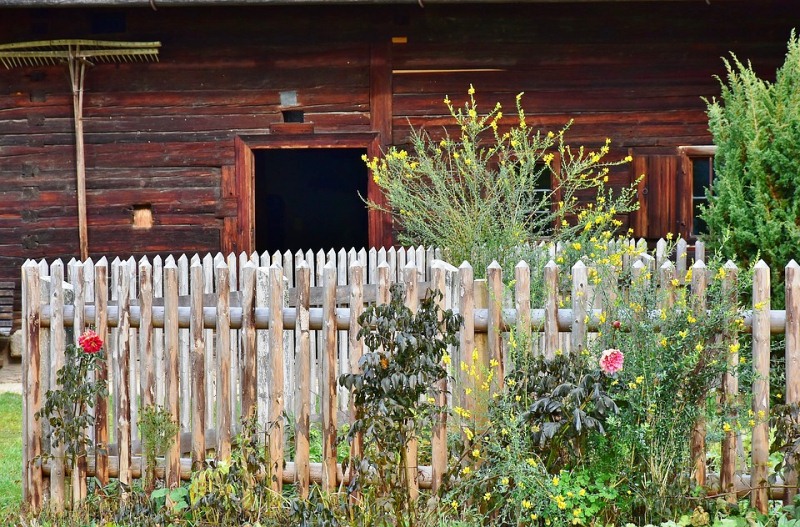
–> Make use of solar energy as much as possible. If so you can save a lot of money for energy consumption.
–> Choose ecofriendly instruments for your home. Refrigerators which never give out CFC is one such device. Try to use green rating air conditioners for your home.
–> Plant a bio-gas plant in your home premises. Food waste can give you fuel in return. It can reduce waste, giving less harm to nature and atmosphere.
–> If you make vermicompost, you can chance vegetable waste and garden waste to natural fertilizers. Thus you can make energy for your plants from your home itself.
Sunlight and fresh air free of cost
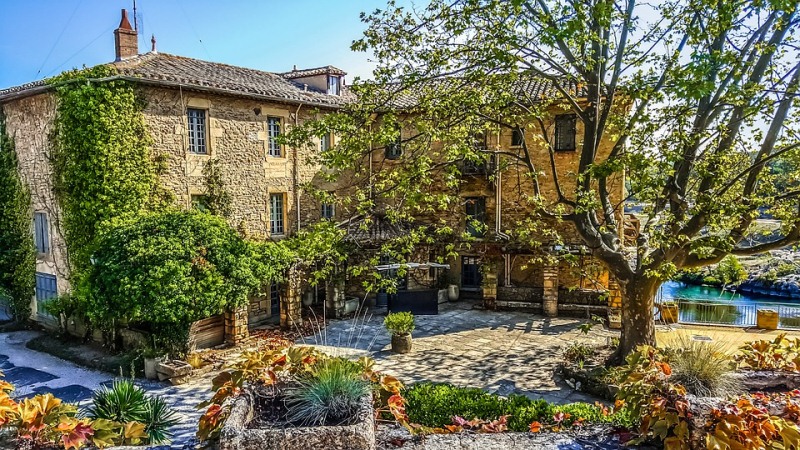
–> Construct your ecofriendly home, taking into account the flow of direction of wind as well as sunlight. Choose the shady areas of your plot to construct the building.
–> Depend on natural sunlight and air as much as possible. Use of air conditioners not only increases your electricity bill, but also the carbon content of atmosphere.
–> Skylight and light well techniques of lighting can increase the flow of natural sunlight to your interiors. Pergola constructions can also serve the same purpose.
–> Give sunshades to your windows. Choose glasses that allow the free flow of sunlight, and reduces heat as well.
–> Use LED bulbs in your interior at nights. They consume 1/125 amount of total energy consumed by normal bulbs, and suit your green interior 100%.
–> Proper ventilation for your interior should be provided. It allows the free flow of fresh air always. It also blocks excess moisture content and bad smell of the interior, and flushes out impurities.
So, in short ecofriendly home not only saves you energy, but also provides good health to your family.
Image source: Pixabay
Also read a few more articles on gardening and exterior design of your home. Click on the images in the gallery to read


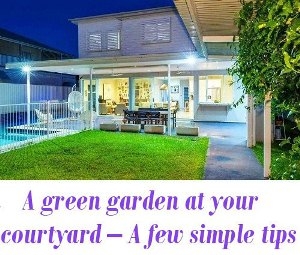
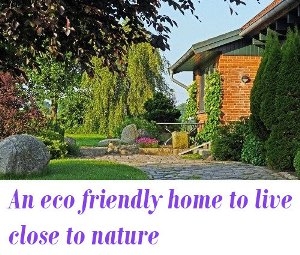
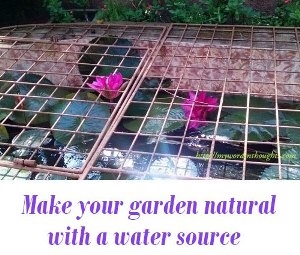
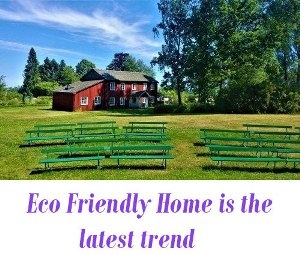















Recent Comments